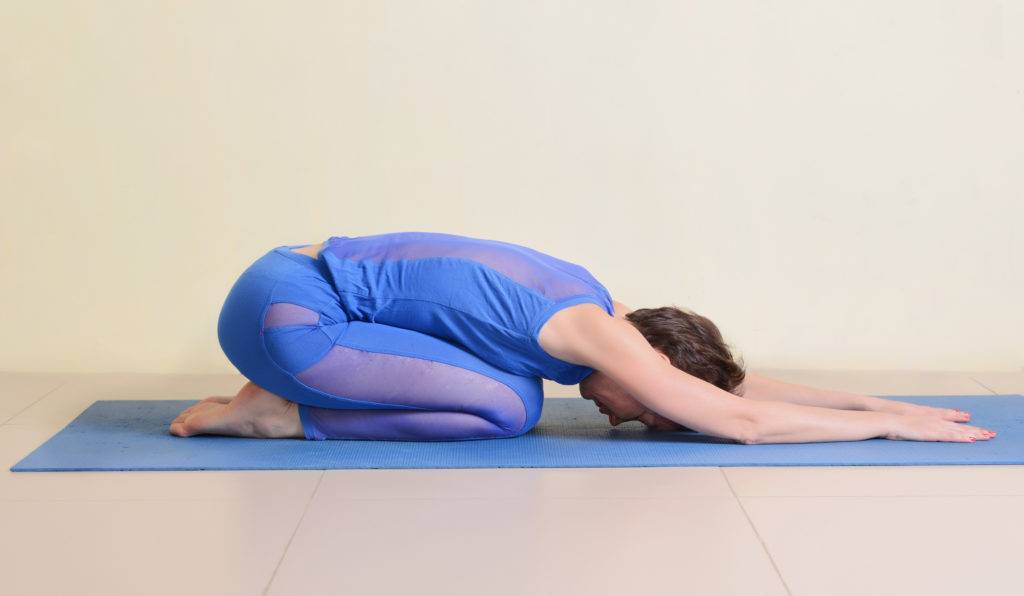The pelvic floor muscles play a critical role in supporting your bladder, bowel, and reproductive organs. However, when these muscles become tight or overactive, it can lead to discomfort, pain, and even difficulty with normal bodily functions such as urination and bowel movements. Tight pelvic floor muscles, or pelvic floor dysfunction, is a condition that affects both men and women. Fortunately, there are effective ways to loosen these muscles and restore comfort. In this blog, we’ll explore how to relax your pelvic floor muscles, the causes of tightness, and the treatment options available at Simply Physio in Knoxville, TN.
Why Do Pelvic Floor Muscles Become Tight?
Before diving into how to loosen the pelvic floor, it’s important to understand why these muscles can become tight in the first place. There are several reasons why the pelvic floor muscles may become overactive or tense:
- Stress and Anxiety: High stress levels can cause tension throughout your body, including in the pelvic region. Chronic stress or anxiety may lead to pelvic floor muscles tightening involuntarily.
- Poor Posture: Sitting for extended periods with poor posture can place pressure on the pelvic region, causing muscle imbalances and tightness over time.
- Over-exercising or Incorrect Exercises: Certain types of exercise, like heavy weightlifting, high-impact sports, or doing excessive Kegel exercises, can overwork the pelvic floor muscles, causing them to contract too much.
- Pelvic Injuries or Surgeries: Injuries, surgeries, or trauma to the pelvic area may lead to muscle spasms or chronic tightness.
- Chronic Constipation: Straining during bowel movements can put pressure on the pelvic floor muscles, causing them to become tense and tight over time.
Signs and Symptoms of Tight Pelvic Floor Muscles
How do you know if your pelvic floor muscles are too tight? Common symptoms of pelvic floor tension include:
- Pain in the pelvic region, lower back, or hips
- Difficulty or pain during urination or bowel movements
- Pain during or after intercourse (for women)
- Constipation or the feeling of incomplete bowel movements
- Frequent or urgent need to urinate
- Sensation of pressure or fullness in the pelvic area
If you’re experiencing any of these symptoms, it may indicate that your pelvic floor muscles are overactive and require relaxation.
Techniques to Loosen Pelvic Floor Muscles
- Diaphragmatic Breathing
Deep breathing is a simple yet powerful technique to relax the pelvic floor muscles. Diaphragmatic breathing, also known as belly breathing, encourages relaxation by allowing the diaphragm to move freely and reducing tension in the pelvic floor. To practice diaphragmatic breathing:
- Lie down in a comfortable position.
- Place one hand on your chest and the other on your abdomen.
- Inhale deeply through your nose, allowing your abdomen to rise as your diaphragm expands.
- Exhale slowly, letting your abdomen fall and your pelvic muscles relax.
- Repeat for several minutes, focusing on the connection between your breath and muscle relaxation.
- Pelvic Floor Stretching Exercises
Stretching exercises specifically designed for the pelvic region can help release tension in the muscles. Some effective stretches include:
- Child’s Pose: This yoga pose gently stretches the pelvic muscles and promotes relaxation. Start by kneeling on the floor, then lower your chest toward the ground with your arms extended in front of you. Hold for 30 seconds to a minute.
- Happy Baby Pose: While lying on your back, grab the soles of your feet with your hands and gently pull your knees toward your chest, keeping your lower back on the floor. This stretch helps loosen tight pelvic muscles.
- Manual Therapy
At Simply Physio, we offer specialized manual therapy techniques to help release tight pelvic muscles. Our physical therapists use gentle hands-on techniques to massage and stretch the pelvic floor muscles, improving blood flow, reducing tension, and relieving pain. This therapy can be especially beneficial for those with chronic pelvic pain or post-surgical tightness. - Pelvic Floor Relaxation Techniques
Beyond stretching, specific pelvic floor relaxation exercises can help reduce muscle tension. These exercises focus on the mind-body connection and teach you how to consciously relax your pelvic muscles. One example is the reverse Kegel, which is the opposite of a Kegel exercise. Rather than contracting the pelvic muscles, the goal is to let them go:
- Sit or lie down in a comfortable position.
- Focus on your pelvic muscles and imagine them softening and expanding.
- Slowly inhale, allowing your muscles to release, and exhale, continuing to focus on relaxation.
- Repeat several times, practicing complete pelvic relaxation.
- Heat Therapy
Using heat therapy can help loosen tight muscles, including those in the pelvic floor. Applying a heating pad or warm compress to the pelvic area can increase blood flow, relieve tension, and promote muscle relaxation. Heat can be especially soothing after stretching exercises or manual therapy sessions.
Physical Therapy for Pelvic Floor Dysfunction
If home exercises and relaxation techniques aren’t enough to relieve your symptoms, physical therapy can provide specialized care for pelvic floor dysfunction. At Simply Physio in Knoxville, TN, we offer comprehensive pelvic floor therapy designed to address the root causes of muscle tightness and pain. Our therapists use a combination of manual therapy, biofeedback, relaxation exercises, and other treatments to restore normal pelvic floor function and relieve discomfort.
Pelvic floor physical therapy is especially effective for individuals dealing with chronic tightness, pain, or conditions like pelvic organ prolapse, interstitial cystitis, or postpartum pelvic issues. Our approach is customized to meet your unique needs and goals, helping you regain comfort and functionality.
When to Seek Help
If you’re experiencing ongoing pelvic pain, discomfort, or tightness that doesn’t improve with at-home techniques, it’s important to seek professional help. Chronic pelvic floor dysfunction can affect your quality of life, but with the right treatment plan, you can find relief. Simply Physio in Knoxville is here to help with specialized pelvic floor therapy tailored to your needs.
Conclusion
Tight pelvic floor muscles can cause discomfort, pain, and disruption to your daily life. Fortunately, there are many effective ways to loosen these muscles, from simple relaxation exercises and stretching to professional physical therapy. At Simply Physio, we specialize in helping individuals overcome pelvic floor dysfunction through targeted therapies and personalized care. If you’re struggling with pelvic floor tension, contact us today to schedule a consultation and begin your journey to better pelvic health.
FAQs on Loosening Pelvic Floor Muscles
- How can I tell if my pelvic floor muscles are tight?
Symptoms like pelvic pain, difficulty urinating, and painful intercourse may indicate tight pelvic floor muscles. - Can physical therapy help with tight pelvic floor muscles?
Yes, physical therapy is highly effective in treating tight pelvic floor muscles through exercises, manual therapy, and relaxation techniques. - How long does it take to loosen pelvic floor muscles?
The time frame for relief varies depending on the severity of the tightness, but many people notice improvements after a few weeks of consistent therapy. - Are there exercises I can do at home to relax my pelvic floor?
Yes, exercises like diaphragmatic breathing, child’s pose, and reverse Kegels can help relax tight pelvic floor muscles at home.
5. Should I stop doing Kegels if my pelvic floor is tight?
If you have tight pelvic floor muscles, Kegels may worsen the tension. Focus on relaxation exercises instead.



